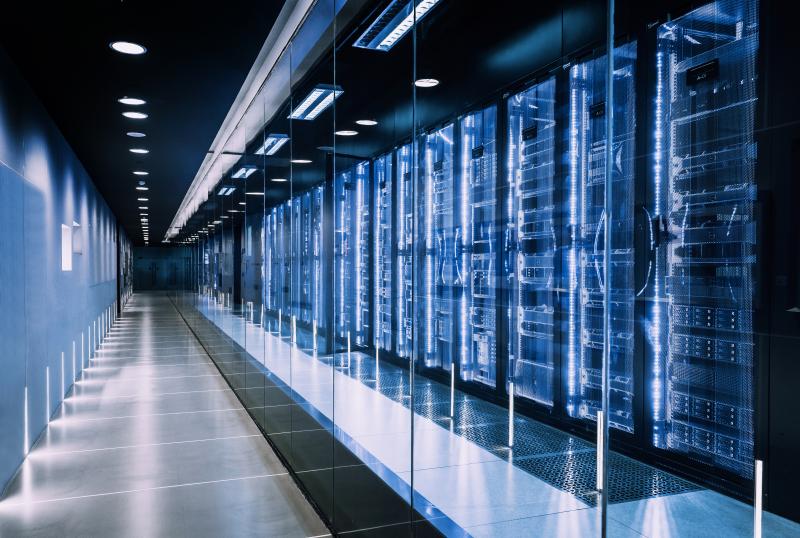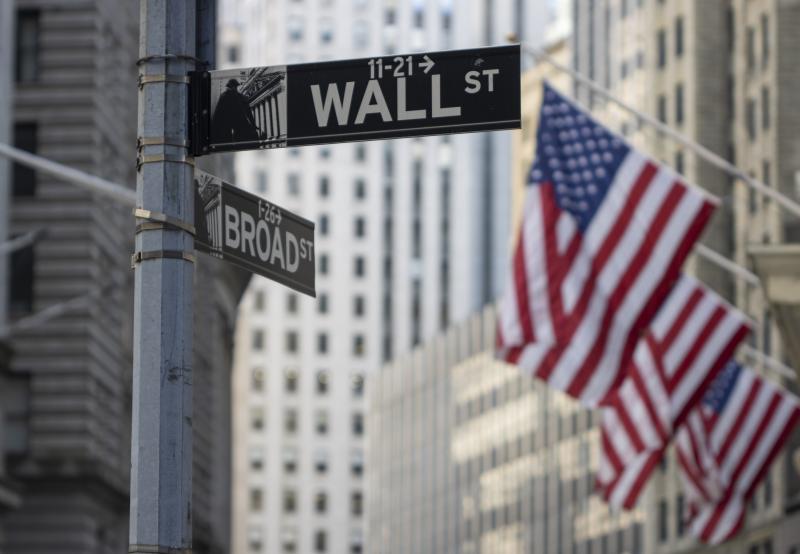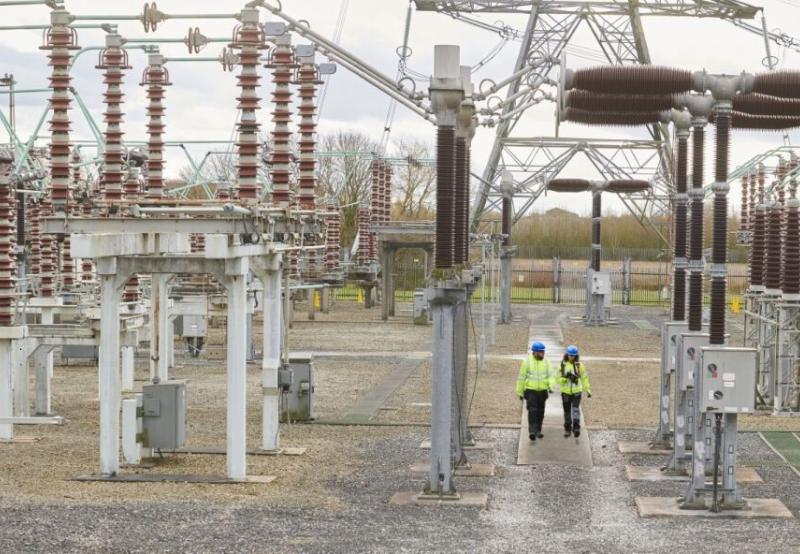
At-a-glance: Key Takeaways in This Post
-
Banking is digital first: Only 29% of Americans bank in person.
-
Cyber-attacks cost the most to the industry at $5.9M on average per breach
-
Security guards in charge of visitor management must be trained to recognize suspicious behaviors that can lead to a data breach.
-
Ensuring the physical security of data centers is of the utmost importance as outages can lead to major service disruptions.
-
Combating incidents at ATMs and branches can be more efficient with technology.
As a leading security provider in the finance sector, we have witnessed firsthand the evolution of the security challenges facing the industry. The rise in online banking usage and the impact of the pandemic have created real shifts that require a holistic view of cyber-physical risks. In other words, the future of physical security is very much about convergence.
The pandemic accelerated the shift towards digital banking, as more customers choose online or mobile platforms to manage their finances. In fact, only 29% of Americans still prefer banking in person.
Physical Security to Prevent Cyber Attacks
As a result, the banking sector is increasingly exposed to cyber threats that can compromise data privacy and the availability of financial information and systems. These threats can prove to be costly – to the tune of $5.9M on average per breach. Ultimately, they have impacted how organizations approach their physical security strategies.
For example, to prevent insider threats, security guards in charge of access control at corporate offices must be trained in situational awareness, allowing them to identify suspicious behaviors. Granting unauthorized access to an individual can be just the gap that introduces a virus or malware into a network. Our answer to this at GardaWorld has been our Prestige Services program.
With more reliance on cloud storage, data centers, owned or rented, remain a focal point in security plans as well. Attacks on data centers can come from both cyber and physical sources. Although physical attacks are rare, there is still a need for perimeter security, acute access control measures, and emergency preparedness plans for extreme weather events. If HVAC (heating, ventilation, and air conditioning) systems shut down, the ripple effect can lead to major service disruptions. In July 2021, 4 of the top Canadian banks’ online systems simultaneously crashed, after the Akamai Technologies’ servers experienced a mass internet outage.
Technology that Makes Physical Security Measures More Efficient
Finally, the reduced foot traffic at branches and ATMs post pandemic has equally transformed the role that these locations play in the community, and the types of incidents that require security guards’ intervention have transformed. The most common incidents include unhoused people using vestibules for shelter, stolen or lost debit and credit cards, vandalism, loitering, and dealing with aggressive customers – with homelessness accounting for over 55% of incident reports, according to GardaWorld existing client data.
To combat these physical security threats, beyond guards posted at branch locations and mobile patrols, the savviest measures add a layer of AI-based protection. We are starting to see biometric fingerprint scanning being used to authenticate customers at ATMs and during branch transactions. Additionally, AI-based analytics help cameras and mobile surveillance units detect and confirm suspicious activities before command centers dispatch a response unit. In this sense, we truly see how both digital and physical security methods are interconnected. In fact, at GardaWorld, it is the foundation of our Hybrid Security Solutions.
In conclusion, the approach to physical security for banks and other financial institutions has become intertwined with cyber security concerns and the use of modern technologies. Physical and cyber security convergence is not new, but it is path forward for most banking institutions. GardaWorld’s experts have an integrated approach to security. As such, our team uses all the tools at their disposition to ensure operational resilience for our clients in the finance sector.
Want to learn more about how we partner with clients in financial services?
Visit our sector page for case studies and more.








